The seal is a mammal that belongs to the Phocidae family and spends most of his life in the water. There are many species of seal, but nearly all of them have similar characteristics. Their bodies are tapered and covered with a short fur that is silky and waterproof. Its muzzle has long whiskers and no external ears. It’s teeth are very sturdy. Its front legs are in fact shaped fins. Its hind legs are fused together, forming a third fin. Because of these unique characteristics, a seal swims with great agility. Its movement on land, however, is rather awkward in comparison. A seal’s dimensions vary from species to species. The most widespread and common seal will grow to 2 meters in length and may exceed 100 pounds.
The seal is protected by a layer of fat, which allows it to withstand low temperatures. In fact, seals mainly live in cold seas. Some species however, such as the monk seal, prefer temperate or tropical coasts. There are also species of freshwater seals, such as the seals found in Lake Baikal. The seal is a carnivore: it feeds upon fish and crustaceans. The leopard seal, however, also attacks larger prey such as penguin. When hunting, the seal can stay underwater for up to 45 minutes.
Its whiskers can sense vibrations in the water. As a result, the seal can locate prey up to 180 meters away. Seals usually mate, depending on the species, between late spring and autumn. The gestation period ranges from 9 to 11 months. Females usually give birth to a single pup. If twins are born, the smallest of the two is abandoned. Pups require so much attention that the mother is unable to care for two offspring at the time. The seal’s predators include the killer whale, the shark and, in Arctic areas, the polar bear. The seal’s worst enemy, however, is man. Seals have been hunted for centuries for its fat and for its fur.
The seal is protected by a layer of fat, which allows it to withstand low temperatures. In fact, seals mainly live in cold seas. Some species however, such as the monk seal, prefer temperate or tropical coasts. There are also species of freshwater seals, such as the seals found in Lake Baikal. The seal is a carnivore: it feeds upon fish and crustaceans. The leopard seal, however, also attacks larger prey such as penguin. When hunting, the seal can stay underwater for up to 45 minutes.
Its whiskers can sense vibrations in the water. As a result, the seal can locate prey up to 180 meters away. Seals usually mate, depending on the species, between late spring and autumn. The gestation period ranges from 9 to 11 months. Females usually give birth to a single pup. If twins are born, the smallest of the two is abandoned. Pups require so much attention that the mother is unable to care for two offspring at the time. The seal’s predators include the killer whale, the shark and, in Arctic areas, the polar bear. The seal’s worst enemy, however, is man. Seals have been hunted for centuries for its fat and for its fur.
RELATED


JELLY FISH
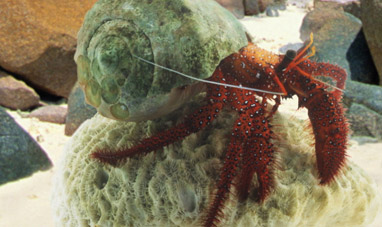

HERMIT CRAB


COMETS


THE LIVER
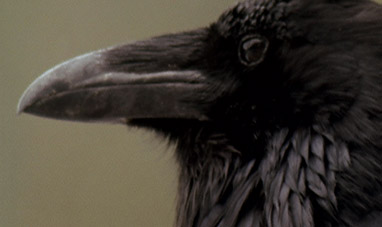

RAVEN


CACTUS


FALCON


THE BRAIN


QUANTUM PHYSICS


CHILDBIRTH
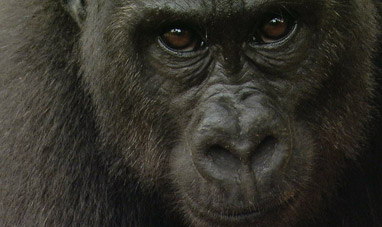

GORILLA


CARNIVOROUS PLANTS


PENGUIN


TIGER


COMMON COLD
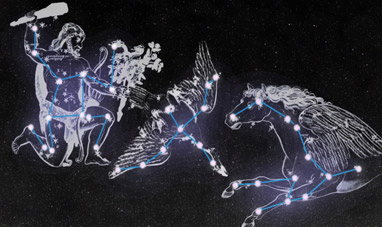

CONSTELLATIONS


FLEA


TWITTER


H2O


QUASARS


FROG


WHEAT


STORK


DESERTS
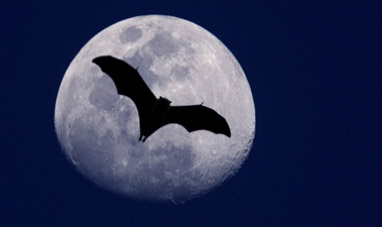

BAT
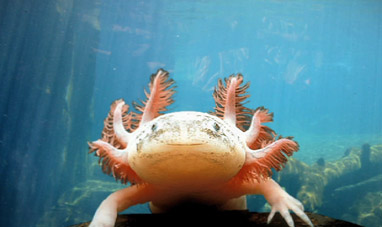

AXOLOTL
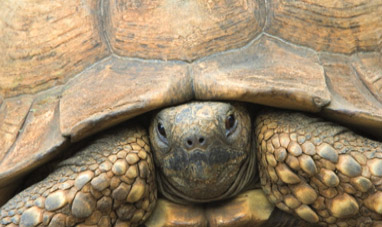

TORTOISE


GARLIC


AIDS


SQUID


THE HEISENBERG PRINCIPLE
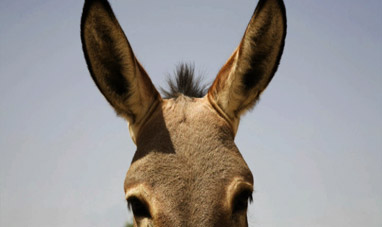

DONKEY


CATERPILLAR


ANT


THE HEART


ERIS
